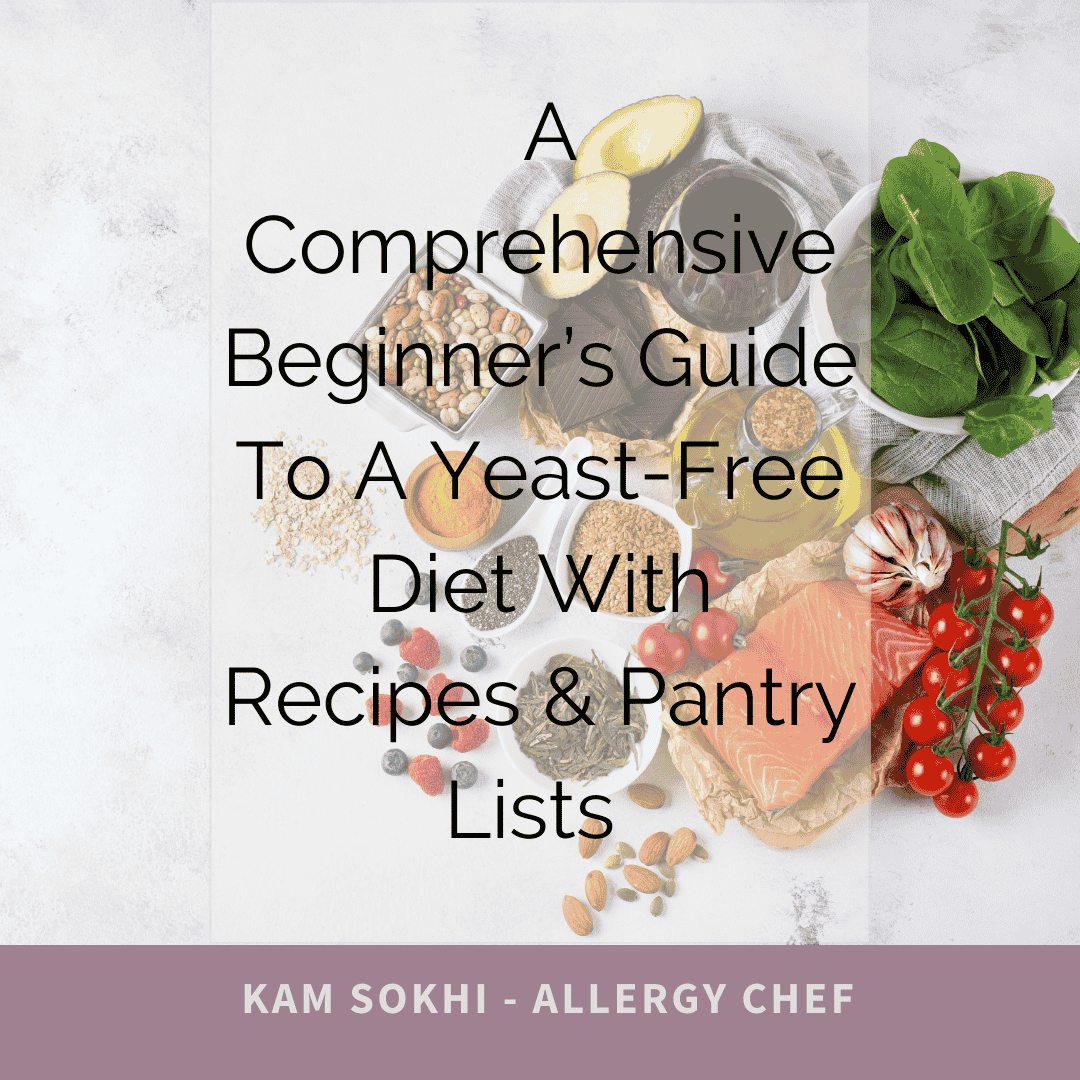Inspiring spring recipes
Inspiring recipes to change up your routine in the spring
Spring marks the transition from winter to summer. The days are longer, and the nights are shorter. For me, spring means blossoms on the trees. My birthday is also on the first day of spring too. Spring excites me, as the new season produce is inspirational; lighter dishes take pride of place on our menus.
Being a chef, I’m always inspired by the changing seasons and the abundance of new ingredients to cook with. I’m a big advocate of shopping locally, organically and seasonally. We are fortunate to live in a country with four distinct seasons and the variety of fruits and vegetables that this provides.
It makes for the richest, most delicious and healthy diet. We just need to make a conscious effort to discover it! I wanted to inspire you with some of the recipes that I love that utilise clean, healthy ingredients. Seasonal eating is such a great way to eat what nature gifts us with. I really hope that I can inspire you to get in the kitchen and maybe get the family involved.
What is eating seasonally?
The concept of eating seasonally is really simple. It involves eating foods that are grown at the same time as you eat them within the country you live in. As most fruits and vegetables are being grown somewhere in the world at any one time, eating seasonally more specifically concerns eating produce that’s being grown right now – locally.
Basic guidelines include eating cooling fruits and vegetables in the summer, balanced with warming fruits and vegetables in the winter. Taking the subject back to our Palaeolithic roots, though, seasonal food consisted of grown within reach. The gatherer collected wild fruit, vegetables, herbs, nuts and seeds.
Meanwhile, the hunter would source wild meat and fish if near coastal waters or lakes. Seasonal produce, then, is what food is available to us, at that time, in the climate and terrain where we live.
When eating following the food in season in your region, you will be reaping the cyclical benefits needed for cleansing and healing during that period. For example, red grapes and blueberries, available in late summer and autumn, contain stilbenoid compounds that work with vitamin D to boost the immune system's preparation for the colder months ahead.
Spring foods, such as leafy greens, are nutrient-dense, giving us the energy we need for the New Year. Moreover, they are packed with chlorophyll to detoxify the liver and purify the blood. Always useful after a New Year’s celebration.
Why eat seasonally
Eating within the season is very environmentally friendly! When you buy seasonal food, you help reduce the demand for out of season produce (which needs to be shipped/transported from other countries), and you're also supporting local farming. This means less refrigeration and less transportation minimizing carbon footprints.
Much of the food grown overseas has been produced in places with a more relaxed policy on pesticides, soil quality etc., which means you can't always be sure of the quality of what you're buying. Food grown and picked in season will taste far riper, fresher and sweeter. As it's not being imported, it won't have had to endure the transportation time or being picked ahead of its ripeness! When there is a large harvest of in-season produce, the cost of said produce will go down!
I love buying in bulk boxes and freezing what I don't use for later. If it's in season, it's also more likely to be produced locally, pushing the cost down. By eating seasonal foods, you are more likely to get the full nutritional benefits too. Seasonal food will often appear much brighter and plump than the non-seasonal range. We are provided with hardy winter vegetables for warm, wholesome foods such as soups and stews in the winter.
In the summer, stone fruits provide us with extra beta-carotenes and other carotenoids to protect us against sun damage. Isn't nature nice!
Check the list below for what foods are in season right now and aim to buy more of the below foods when shopping at your nearest greengrocers, supermarket or farmer's market. I do love a good farmer's market as it means your produce will be coming from local growers, which makes it more environmentally friendly!
Why not choose a few of your favourite ingredients from the seasonal food list below and then google or use Pinterest to find a fantastic seasonal recipe? I love discovering new recipes this way!
What’s in season now?
Foods that are in season this spring are purple sprouting broccoli, broccoli, cabbages, curly kale, rhubarb, leeks, spring greens, sorrel, hare, wild Salmon, sea trout, crab, oysters, blood oranges, cauliflower, celeriac, chicory, cockles, cod, hake, John dory, parsley, mint, potatoes, pomegranates, spring onions. carrots, radishes, watercress.
Some really clever ways to cook with this seasons ingredients, try making cauliflower or broccoli rice. I have a great recipe using cauliflower rice as a pizza base that’s gluten & dairy-free. Please take a look at my recipe here. This is a great one for kids as they will have no idea that the base is made from vegetables. Do you have an aversion to kale? I do, but I throw a little in my homemade pesto, so you can’t taste it. You can find the recipe here. You could also add some parsley and mint to this pesto and use it in a buddha bowl or as a dip for crudites.
Rhubarb is such a beautiful ingredient to use, here are some great innovative recipes. You could just cook the rhubarb gently with some raw honey and a sprinkle of ground ginger and serve that with some yoghurt for breakfast, or over porridge
Eat good, feel good
Leeks are a great addition to soups, stews, pies and casseroles, but the simplicity of buttered leeks makes them an easy and wonderful accessory to any meal. If you have an intolerance to dairy as I do, then use olive oil instead of butter, and in creamy dishes, you can buy really great plant-based cream now at any supermarket as a fantastic substitute. Spring greens have such a silky soft texture and taste sweeter than cabbages. You can simply saute them with some garlic and seasoning and add them to any meal.
Sorrel can be eaten raw or cooked. If using uncooked sorrel leaves, choose smaller leaves for the tastiest results. Raw sorrel can be included in a mixed green salad - it goes particularly well with baby spinach leaves. Cooked sorrel is used in soups, pureés and stuffings and is especially popular in fish and egg dishes. The leaves of the sorrel plant are used in cookery.
They are arrow-shaped, bright green colour and have a smooth, crisp texture. Sorrel has a sour, almost bitter, flavour and so is often combined with other ingredients.
Wild salmon, Wild-caught fish are often healthier, with less contamination from man-made toxins, because they feed on smaller fish and algae's natural diet and come into contact with fewer bacteria and parasites. Always choose wild over farmed fish. Here is a great article explaining this in more detail. You can find some really great seafood recipes here for sea trout, oysters, cod, hake and John dory.
Eat better, not less
Blood oranges are so dazzling. I love the colour. They taste like a sweet orange that has been infused with tangy red grapefruit and hints of tart cherries and raspberries. Click on the link to get a really yummy vegan cake recipe using blood oranges. Celeriac is such a humble underdog of a vegetable; it’s the unsung hero of the vegetable world. It’s knobbly and odd-shaped looking and has a celery-like flavour with nutty overtones. Try it in mash or in slow cooker recipes like casseroles or celeriac and potato soup, perhaps.
Chicory is one of my favourite lettuces. It looks so pretty. It’s also known as endive, and chicory is a forced crop, grown in complete darkness, which accounts for its blanched white, yellow-tipped leaves. It has a distinctive, cigar-like shape, about 12cm long, and the crisp leaves have a mildly bitter flavour. The root of the chicory plant is used as an alternative to coffee. Its roots are roasted ground and brewed into a coffee-like drink. It tastes similar and has a woody, nutty flavour. I mix it with raw cacao powder and top it with almond milk and raw honey to make a gorgeous elixir drink for the colder days of spring.
Potatoes in the UK are pretty much a staple and has so many uses. Have you ever tried baking a cake with a potato? I thought not. Take a look at this recipe. My junior pastry chef made this for my birthday one year. It was so tasty and could not believe what the secret ingredient was. It's gluten-free too, which makes it a massive plus. Swap the butter for dairy-free if you are intolerant.
Eating seasonally is much cheaper too.
Pomegranates taste like sweet, nutty cranberries. Have you used pomegranate molasses in your cooking before? It’s something I came across many years ago and is a staple in my kitchen now. Take a look at these recipes utilising this ingredient. The juice is reduced to make a syrup that has a tangy sweet-sour flavour and is used in both savoury and sweet dishes mainly used in the middle east and surrounding areas.
I came across this amazing pickled vegetable recipe for the spring and summer utilising spring onions, carrots and radishes, which is a great way to spruce up a sandwich or wrap. And lastly, on my list of seasonal offerings. Watercress. It has a peppery taste similar to other related plants like wasabi or mustard. It’s great to use in salads, soups and stir-fries. Take a look at some of these great recipes.
If these recipes have inspired you, why don’t you take the cookery classes that I offer to utilise seasonal food? You can elevate your cookery skills in a fun and relaxed environment and get to taste and learn about healthy seasonal cooking.
You might also like:
Looking for anything?
Browse all Articles
Latest Articles
Latest Recipes
Follow along 0n Instagram





















